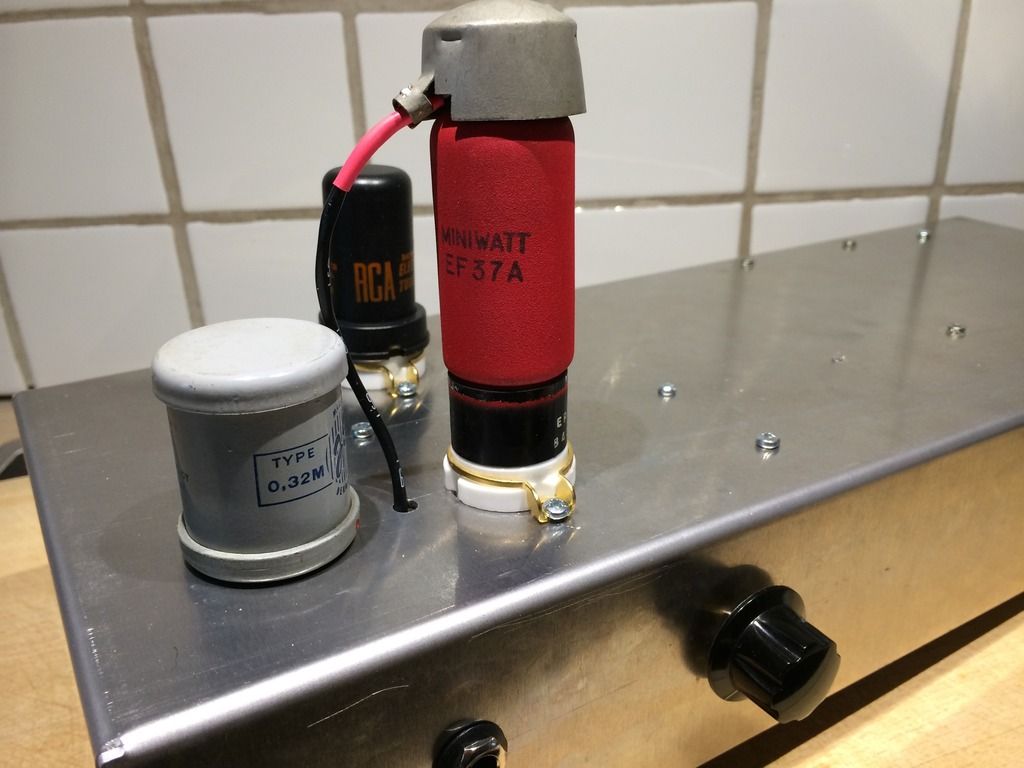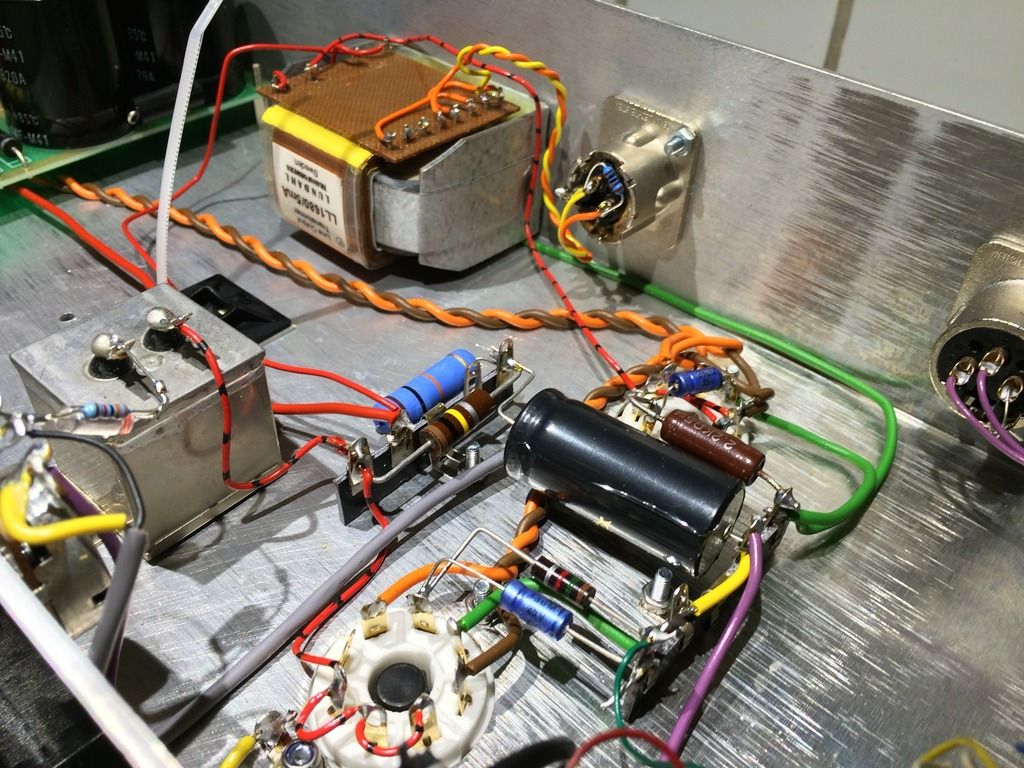Hi,
got my BA-2 back home to try different input transformers, i did many listening tests between them and also run frequency response tests.
Inputs are CMMI-10C:
http://cinemag.biz/mic_input/PDF/CMMI-10C.pdf
and CMMI-10B:
http://cinemag.biz/mic_input/PDF/CMMI-10B.pdf
Output is kind of CM-27101 with gapped iron core and several other differences like max 10mA DC.
Both inputs with this OT have -3dB points at ~35Hz and 28kHz. CMMI 10C has a bit better response between this two points, but this differences are very small and might be caused by my error, although i'm pretty sure i got it right this time.
Both inputs were also measured out of circuit, properly loaded and with 20dB pad (this part is the same as when they were in circuit).
Results are pretty much the same as in datasheets, but i found out 10B's response falls much faster than 10C's under 20Hz. One of more interesting things i don't really understand is that 10C has higher -3dB point at 82kHz, 10B has it much higher at 115kHz.
Higher frequency response can clearly be heard on 10B, highs are more pronounced compared to 10C. Whole picture is kind of shifted to highs, although it still has bass and all, just different. I like the way 10B sounds with this particular combination of trafos, circuit and applications, but would like to understand better why this is so. Looking at older inputs i don't often see response to so high frequency, they are a bit similar to 10C, sound is also less toppy, except for those tiny Beyer.
I also exchange some PMs about this matter and was told modern transformer designers seem to design for much more highs than needed i guess. Measurements and listening tests confirm this to a point, of course i should meassure and listen to many more models to really confirm this. Anyone has any thoughts about it, do you want me to measure some more as i have a day or two more before preamp goes back to the studio? To me it looks a bit like OTs where bigger cores have bigger bass.
Like i said, 10B sound very nice for my needs and i also tried another OT which was a little too clean for what we are doing. I love BA-2, open and lots of detail is very good description and i just started understanding what it can do with different iron, bias, RL, output loading, etc.














